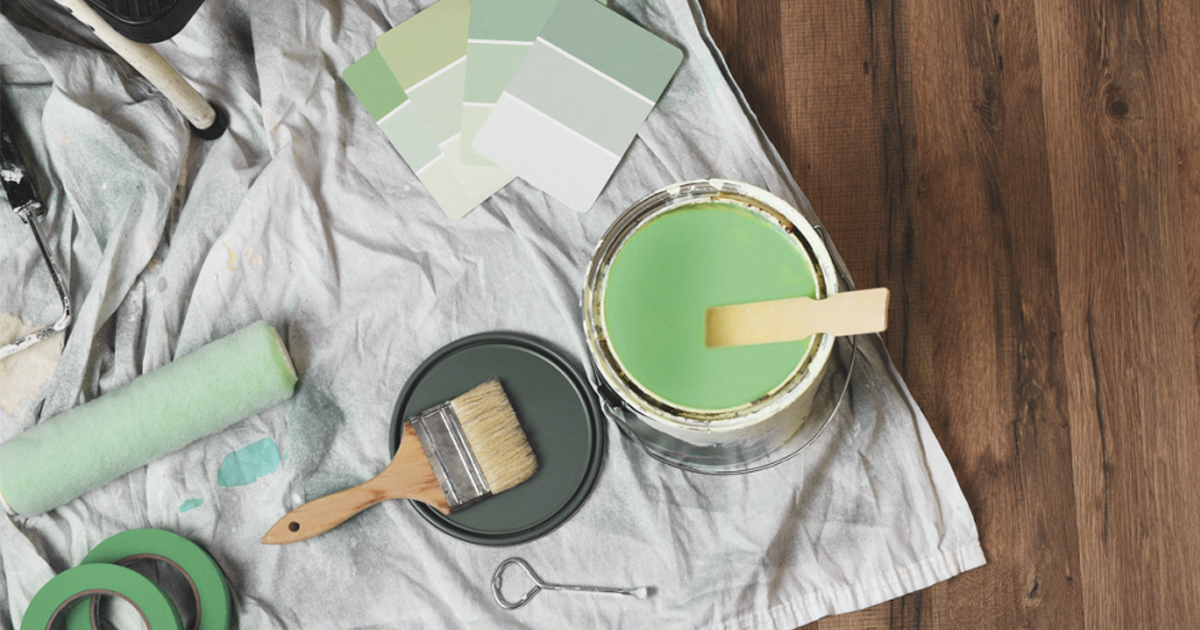Off-gassing occurs when Volatile Organic Compounds (or VOCs) are released into the air we breathe. VOCs can live anywhere in the home in the form of solids or liquids. Common sources, like paints, furniture, carpeting, cleaning supplies, and more, can create some of the most well-known VOCs including formaldehyde, chloroform, acetone, ozone, and more. So, what can you do?
How to Tell if Something is Off-gassing
Sometimes, odor can be a sign that something is off-gassing. While it’s not always present or an indicator of off-gassing, it’s not uncommon to experience odors. For example, a new car smell—a smell that most of us actually enjoy—is an example of off-gassing chemicals from manufacturing glue. The same is true for that ‘clean’ smell we all love after a day of disinfecting. These smells can create long-lasting health problems. All VOCs (and people) are different, so it’s possible that you won’t even recognize an odor or even know that something around you is off-gassing, but that doesn’t mean VOCs aren’t releasing themselves into the air we breathe.
You can use an Indoor Air Quality Test to see if off-gassing is occurring in someone’s home or you can ask if the residents are experiencing any health problems.
What Are the Health Risks of Off-gassing?
VOCs are known to affect Indoor Air Quality; these symptoms can worsen due to the polluted air surrounding you. If you are exposed for a substantial amount of time, you may find yourself experiencing the following:
- Headaches
- Dizziness
- Fatigue
- Nausea
- Eye, nose, and throat irritation
- Long-term symptoms, including:
- Vision problems
- Memory problems
- Respiratory issues
- Heart disease
- Cancer
How to Prevent Off-gassing
- Bring Fresh Air In: With the air inside our homes being 5 times more polluted than the air outside, bringing in fresh air can help replenish your indoor air. Run a ventilation system to increase fresh air.
- Install an Air Purifier: Air purifiers and the right air filter can help remove VOCs from the air and boost the amount of circulating Healthy Air.
- Practice Healthy Humidity: High humidity can actually make items off-gas quicker. A dehumidifier can help you regulate your humidity and slow the off-gassing process.
Clean air is Healthy Air, pure and simple. And when it comes to your home, breathing the highest quality air is important for the health of you and your family. Creating a Healthy Home environment is easy when you have the right tools








